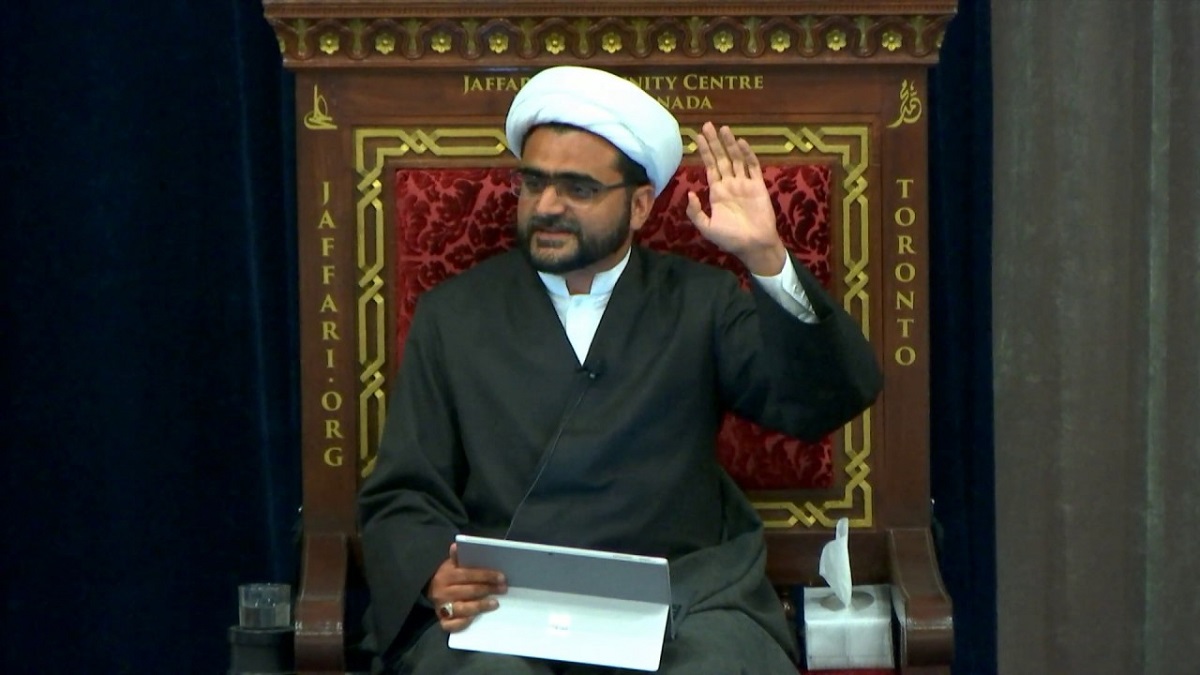Art has always been a mirror of human civilization, capturing the essence of cultures, beliefs, and experiences. Among the most fascinating chapters in art history is the realm of ancient artz a rich tapestry of techniques, tools, and traditions that shaped the visual language of early societies. From the cave walls of prehistoric Europe to the majestic temples of ancient Egypt and the intricate pottery of Mesopotamia, ancient art provides invaluable insights into the lives of our ancestors. Understanding their methods and meanings allows us to appreciate not only the beauty of the works themselves but also the ingenuity and purpose behind them.
Techniques: The Heart of Ancient Creativity
Ancient artists developed a wide variety of techniques that were deeply influenced by the materials available to them, their environment, and the purposes of their creations.
1. Carving and Sculpture:
Stone carving was one of the earliest and most enduring techniques. From the limestone statues of ancient Mesopotamia to the colossal granite monuments of Egypt, carving involved painstaking effort. Artists used chisels, hammers, and abrasives to bring out forms from raw stone. Wood was also commonly used, especially in African and Oceanic traditions, although much of it has not survived due to its perishable nature.
2. Painting and Pigments:
Wall paintings are among the most visually captivating forms of ancient artz. Prehistoric cave paintings, such as those found in Lascaux, France, used natural pigments derived from minerals, charcoal, and ochre. These pigments were mixed with animal fat or water and applied with brushes made from animal hair, sticks, or even blown through hollow bones. Ancient Egyptians took this further with their elaborate tomb paintings, where colors had symbolic meanings green for fertility, blue for divinity, and red for vitality.
3. Pottery and Ceramics:
Pottery was both a functional and decorative art. In ancient Greece, artists developed the black figure and red-figure techniques. Which involved painting figures with slips (a liquid mixture of clay and water) that changed color during firing. In ancient China, high temperature kilns allowed the creation of durable and often intricate porcelain wares, with glazes that added vivid hues and protective coatings.
4. Metalworking:
Ancient civilizations like the Sumerians, Egyptians, and later the Greeks and Romans were masters of metallurgy. They used techniques like casting, hammering, engraving, and repoussé (shaping metal by hammering from the reverse side) to create jewelry, weapons, and religious icons. The lost-wax casting technique allowed for detailed bronze sculptures.
Tools: Simplicity Meets Ingenuity
Despite their technological limitations, ancient artists made the most of what they had, creating specialized tools that laid the groundwork for modern artistic implements.
Stone and Flint Tools:
Used extensively in prehistoric times, flint tools were essential for carving, engraving, and shaping. These were later replaced or supplemented by metal tools as bronze and iron became more widely used.
Brushes and Styluses:
Brushes were often made from plant fibers, animal hair, or feathers. For writing and incising, styluses made from bone, wood, or metal were used. In Mesopotamia, for instance, cuneiform was inscribed onto clay tablets with a wedge-shaped stylus.
Kilns and Furnaces:
Ancient artisans constructed kilns to fire pottery and smelt metals. These kilns were crucial for controlling temperature—a key element in both ceramics and metallurgy.
Pigment Grinders and Palettes:
Stones were used to grind minerals into fine powders for pigment, and palettes like the famous Narmer Palette from Egypt served both as tools and symbolic objects.
Traditions: Art with Purpose
Ancient art was never created solely for aesthetic pleasure. It served religious, political, and social functions, deeply intertwined with the culture that produced it.
Spiritual and Religious Expression:
Much of ancient art was connected to spiritual practices. Egyptian tomb paintings depicted the afterlife and served to guide the deceased. Hindu and Buddhist sculptures and murals illustrated stories from sacred texts and helped devotees visualize deities.
Commemoration and Power:
Art was also a tool of political propaganda and commemoration. Reliefs on Assyrian palaces depicted military victories, while Roman busts idealized emperors. These works reinforced the power and divine right of rulers.
Daily Life and Cultural Identity:
Scenes of agriculture, hunting, music, and feasting often adorned pottery and walls, reflecting daily life and social customs. Artistic styles and motifs were often specific to a region or community, marking cultural identity and heritage.
Conclusion
Ancient art is more than just a glimpse into the past. It is a dialogue across time. The techniques, tools, and traditions of ancient artists reveal their mastery over materials. Their deep spiritual beliefs, and their desire to communicate with future generations. By studying these enduring works, we not only marvel at their skill and beauty but also connect with the universal human impulse to create, remember, and inspire.











